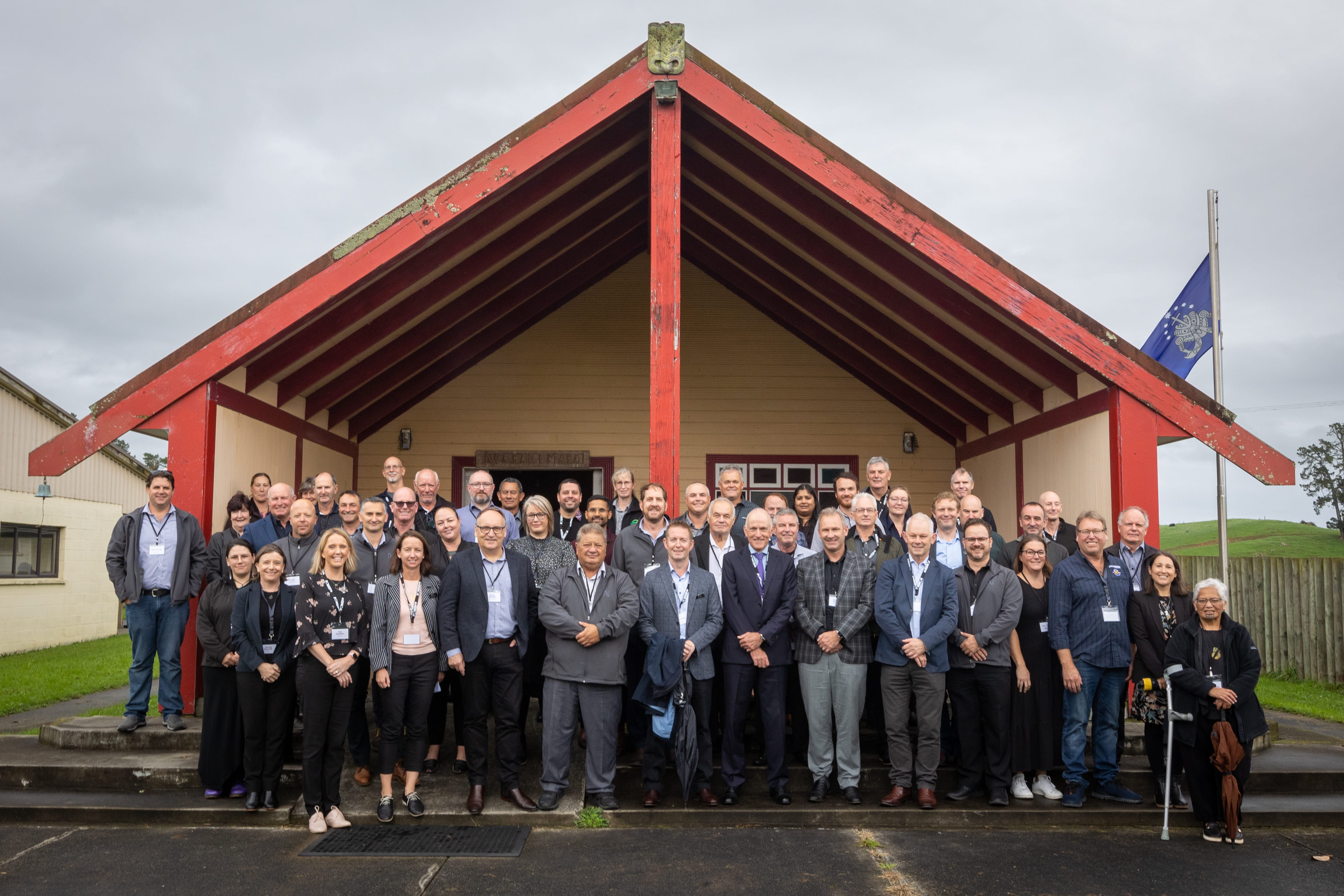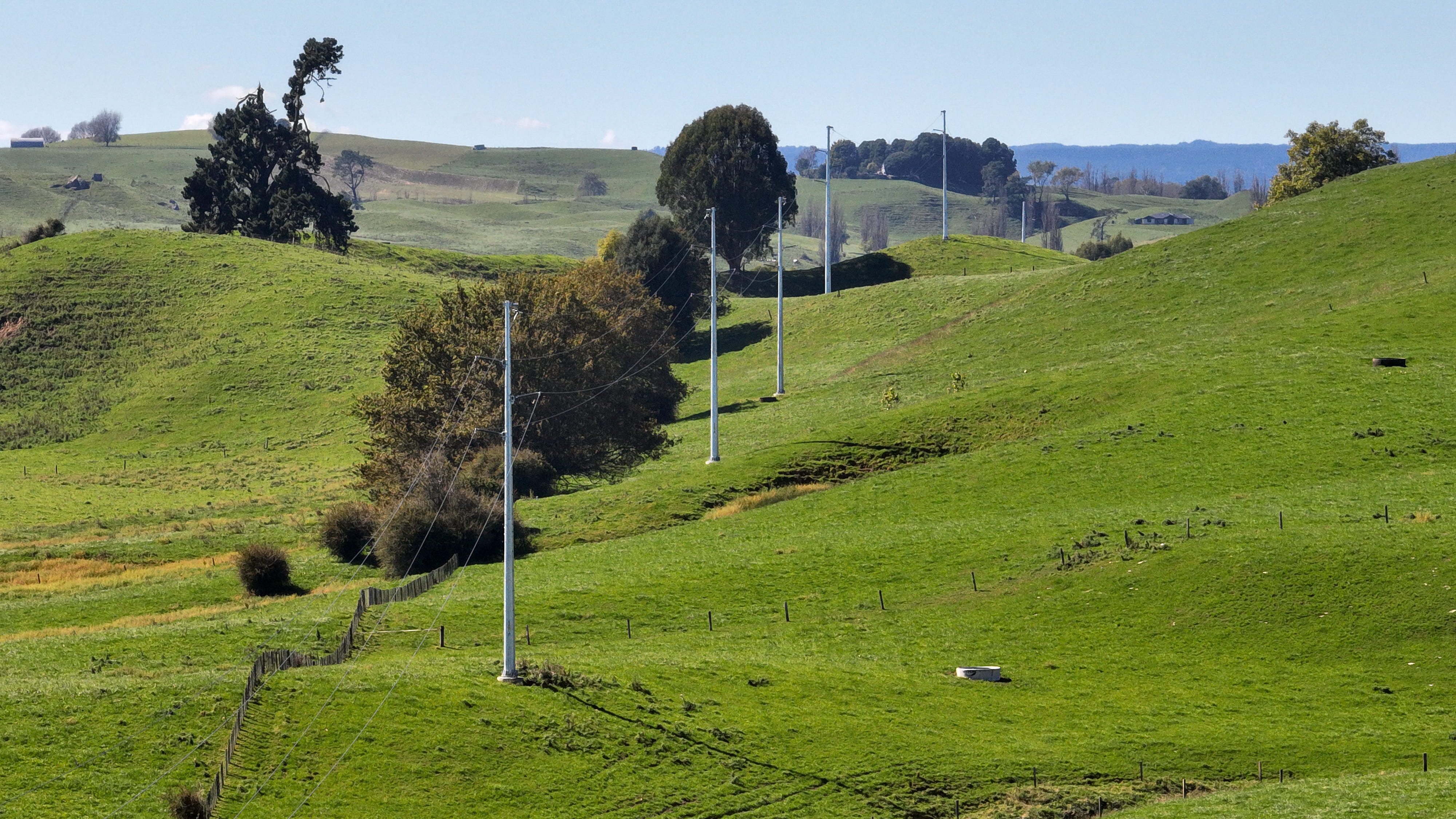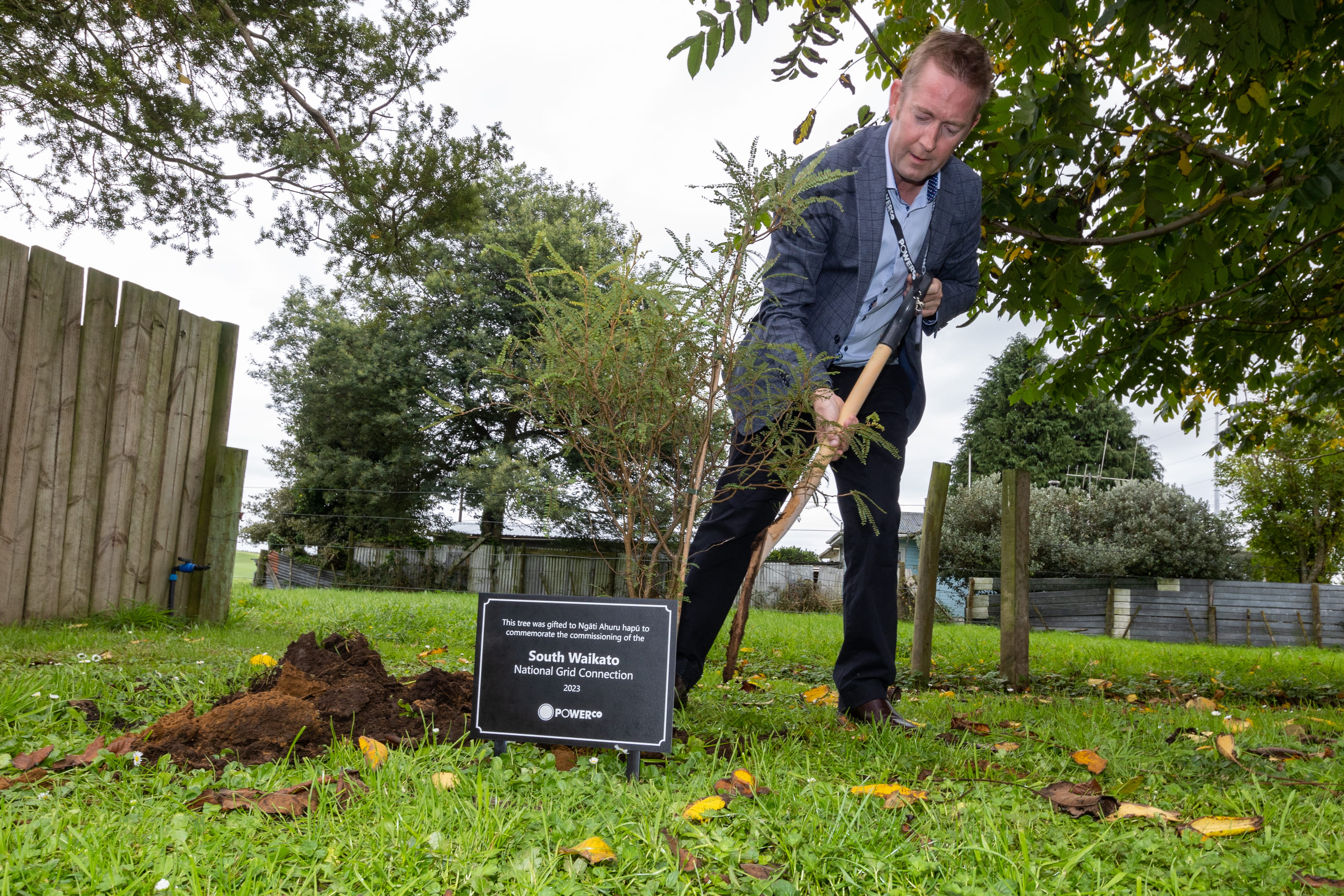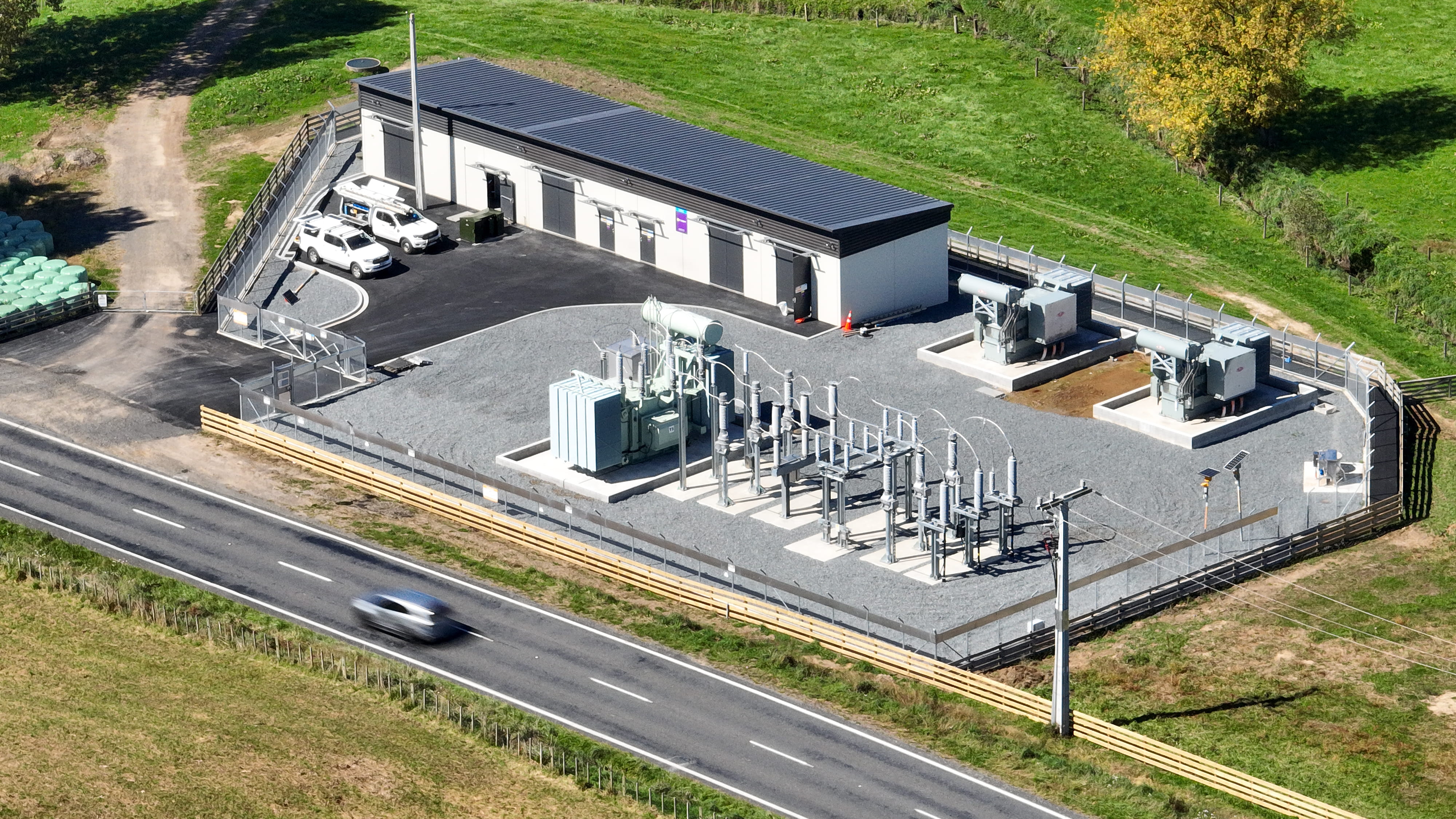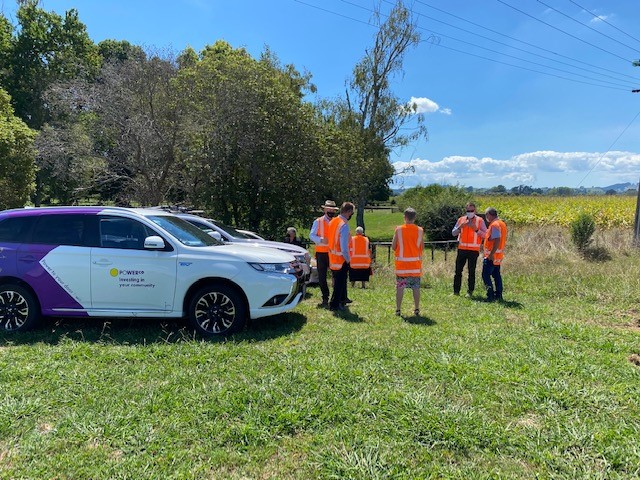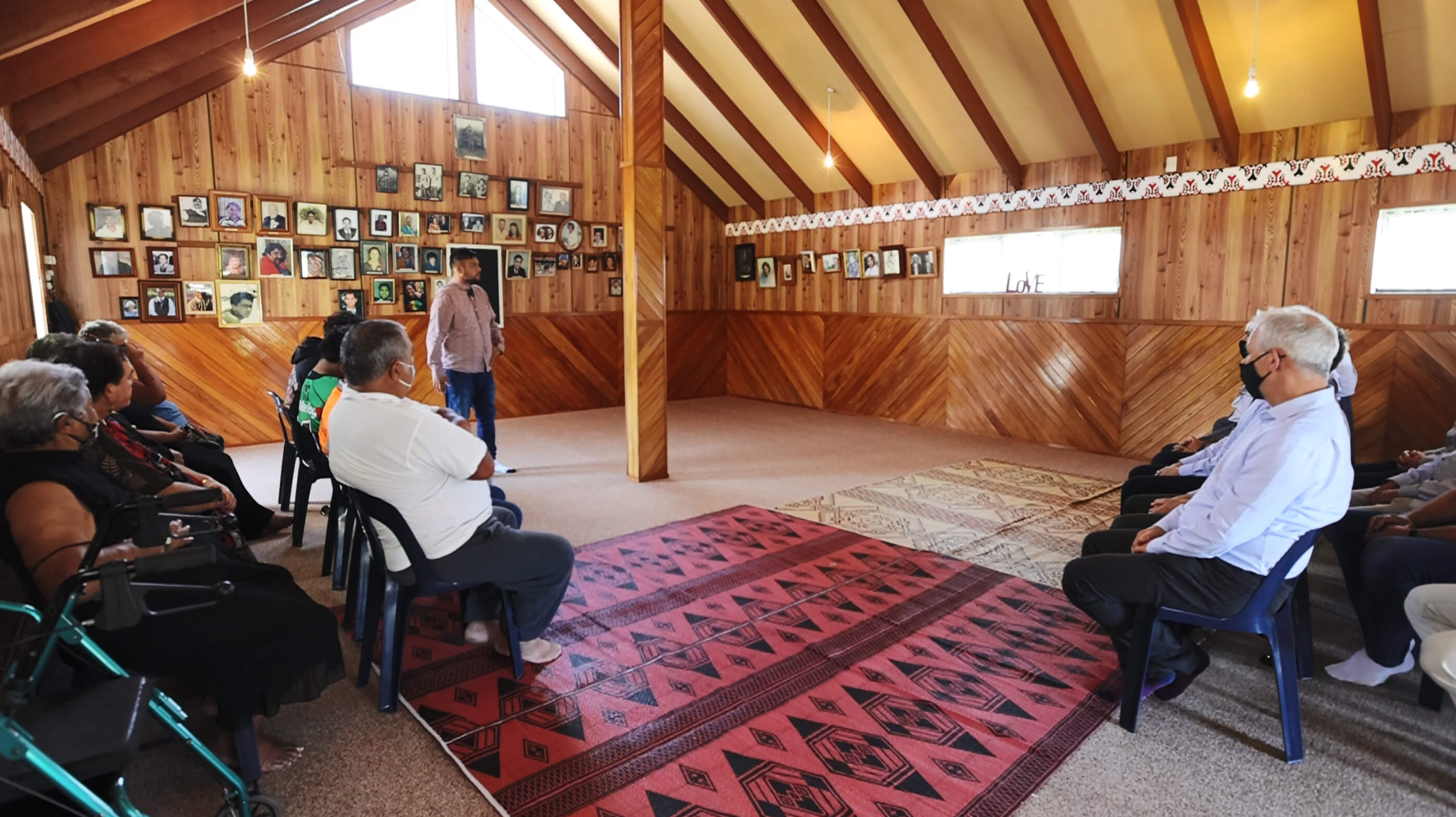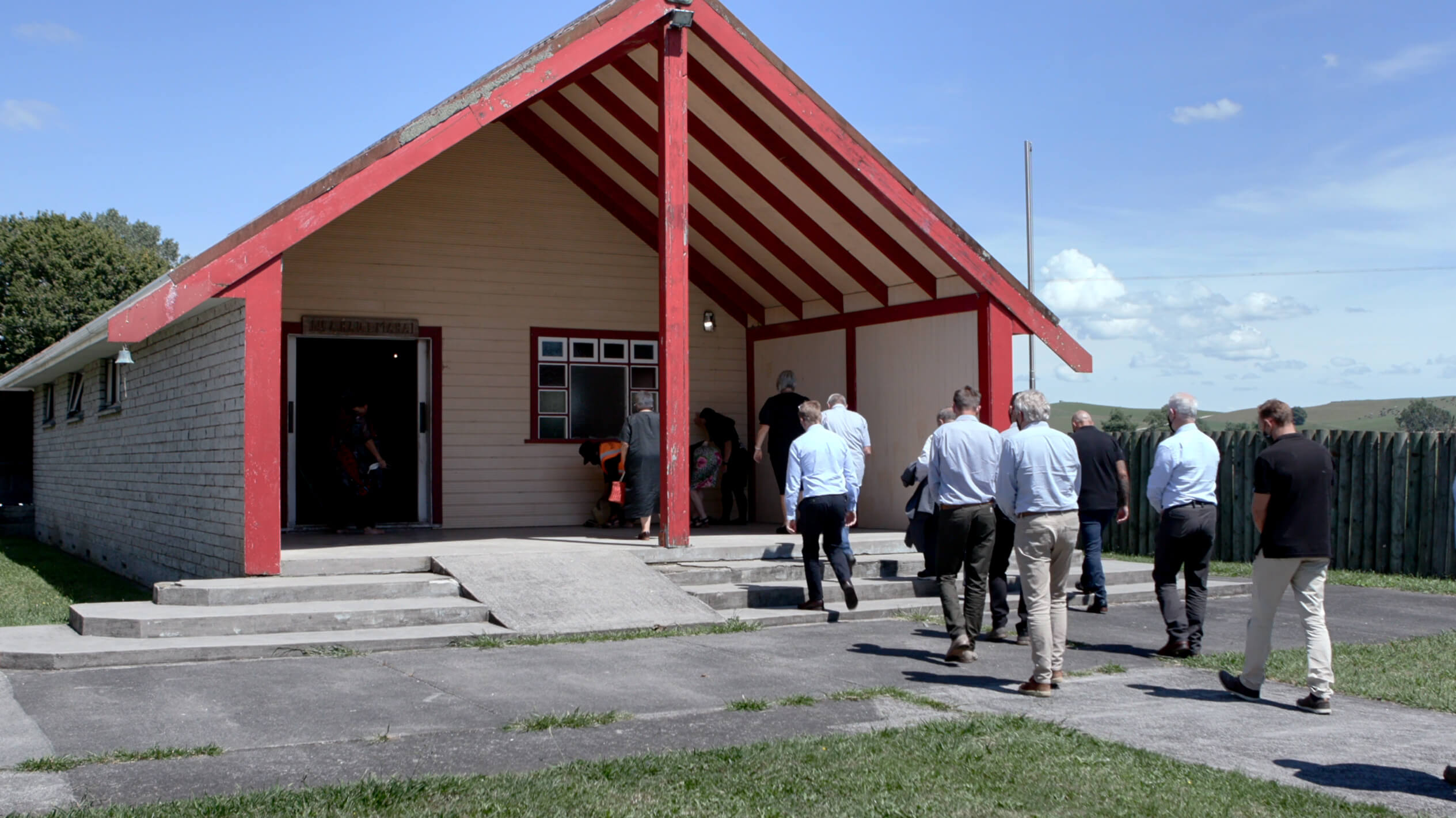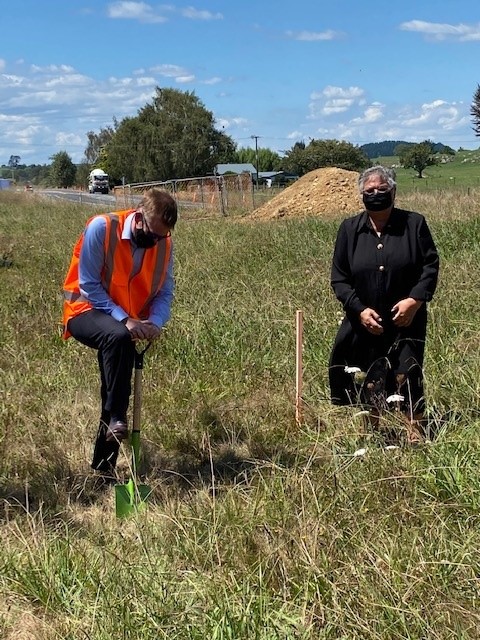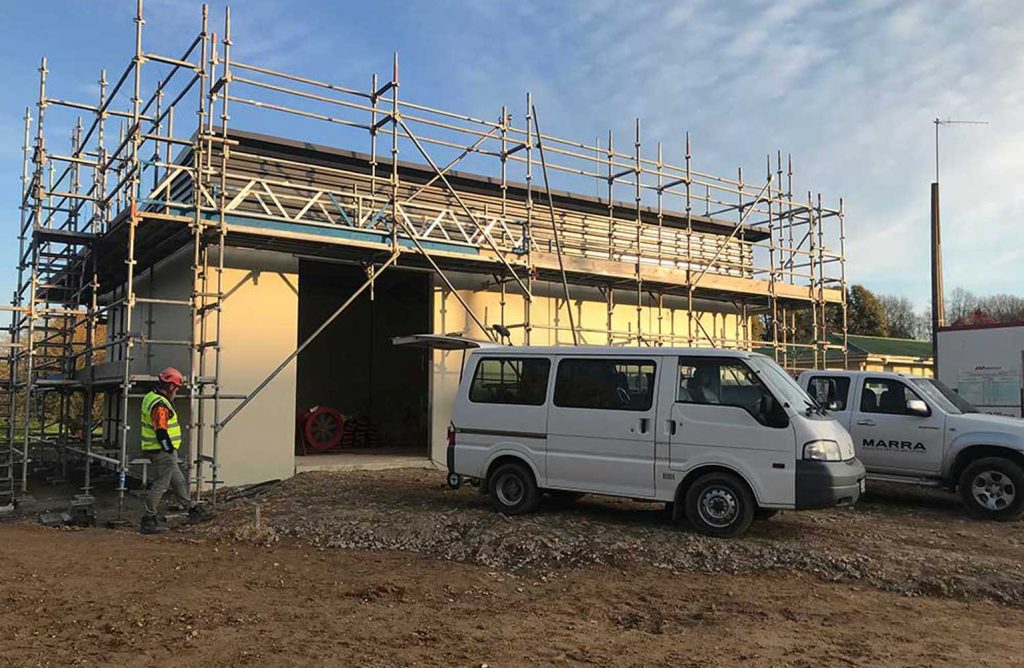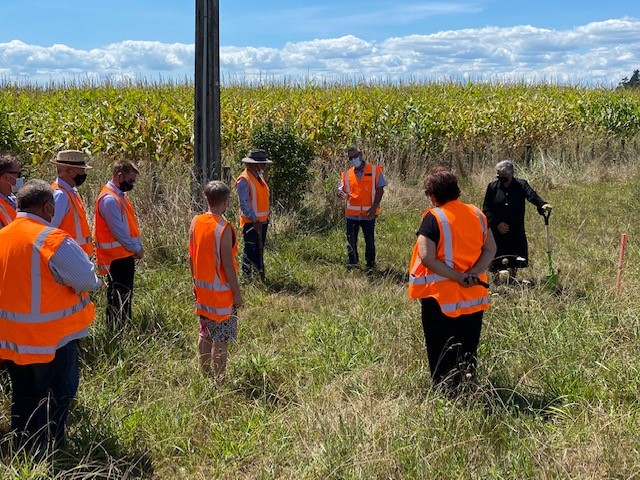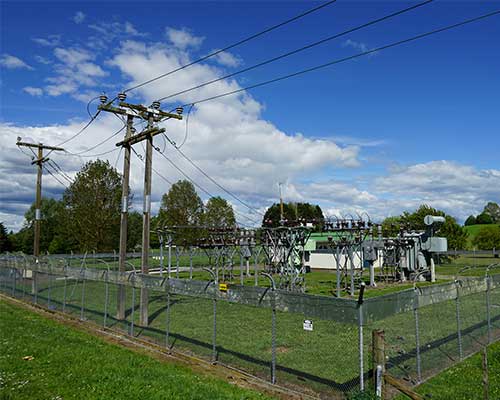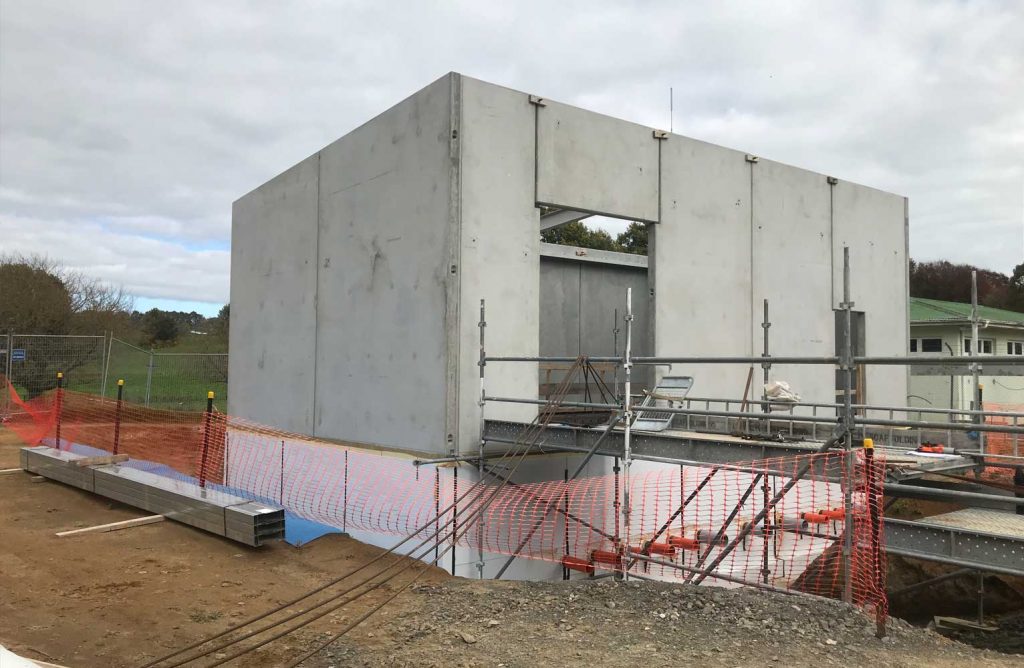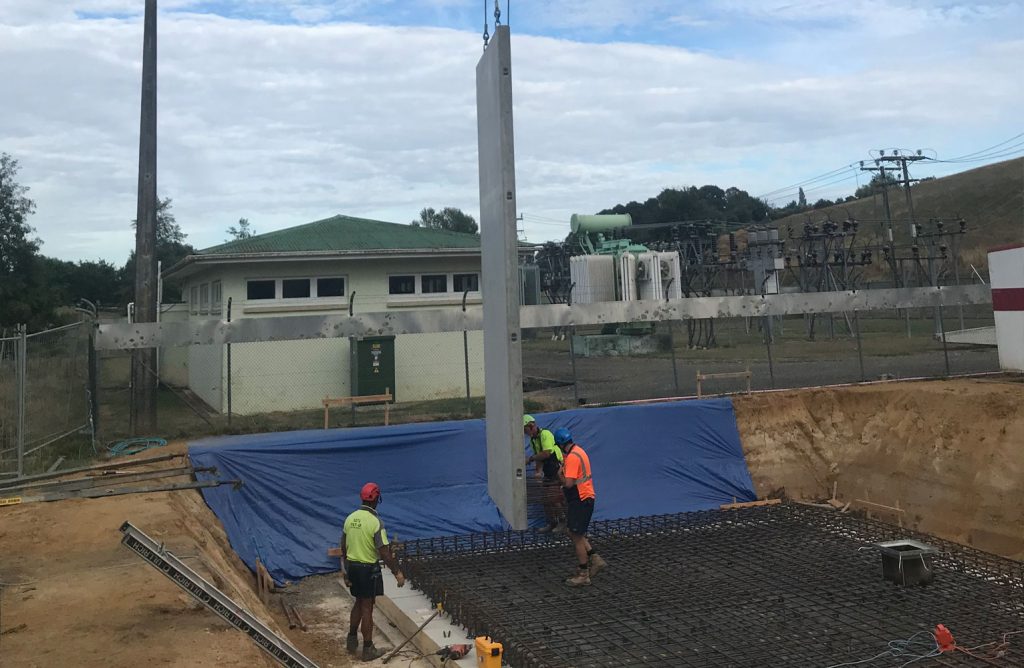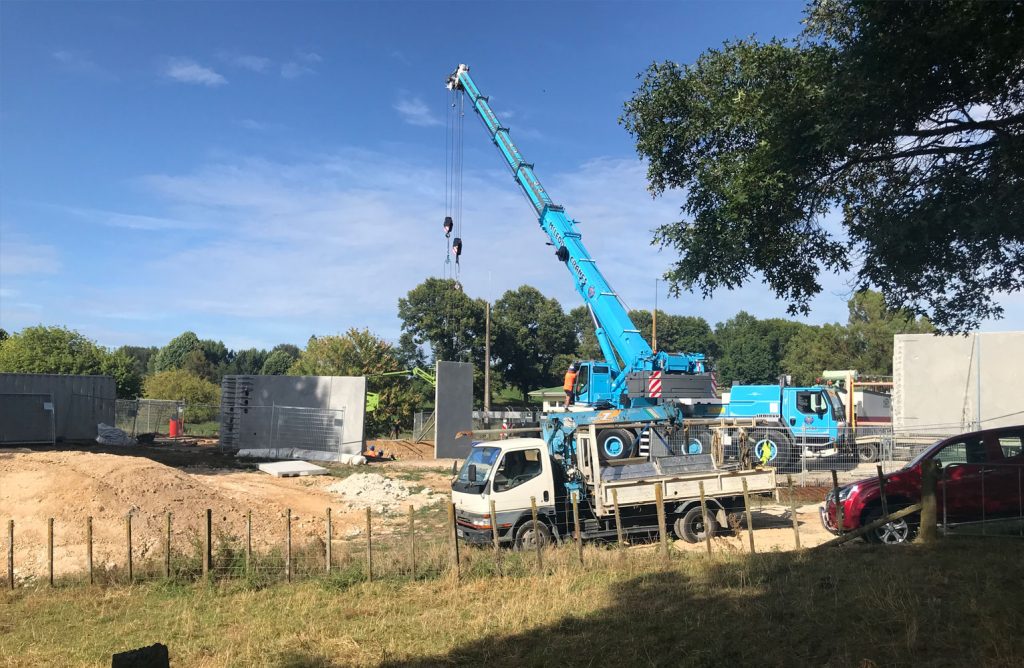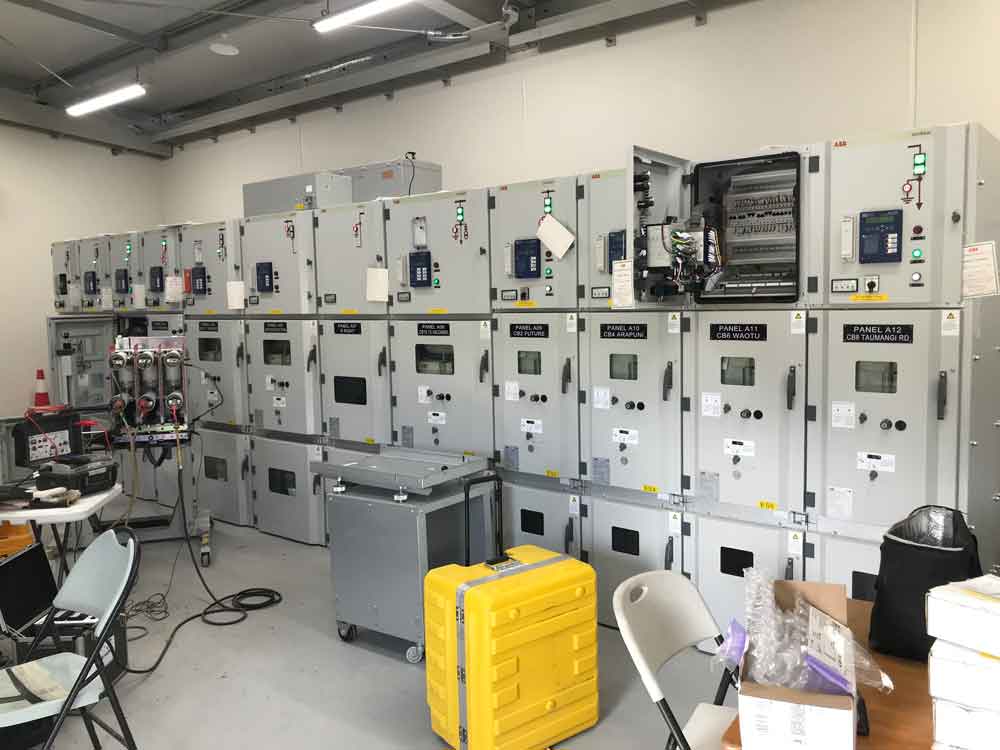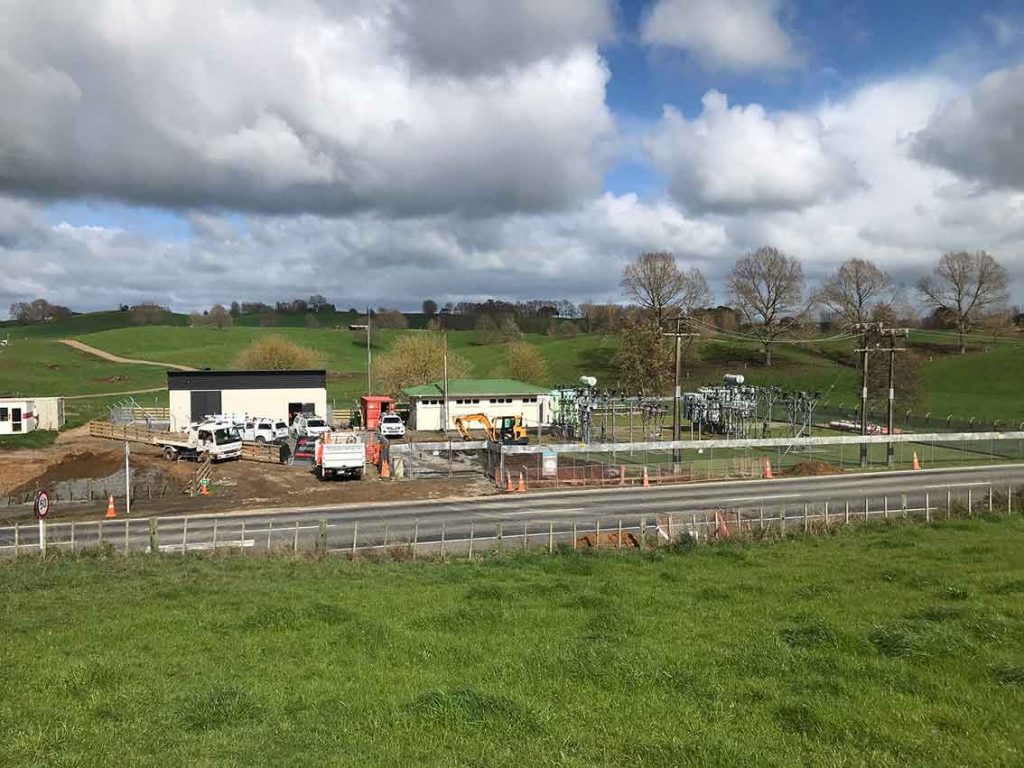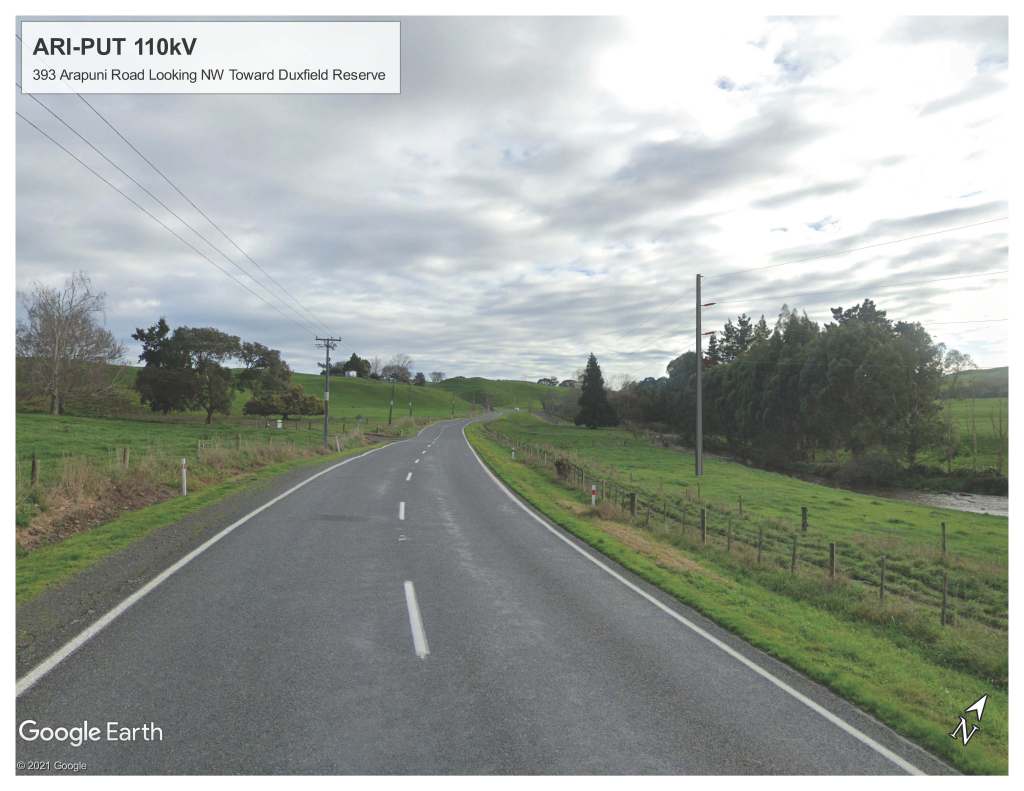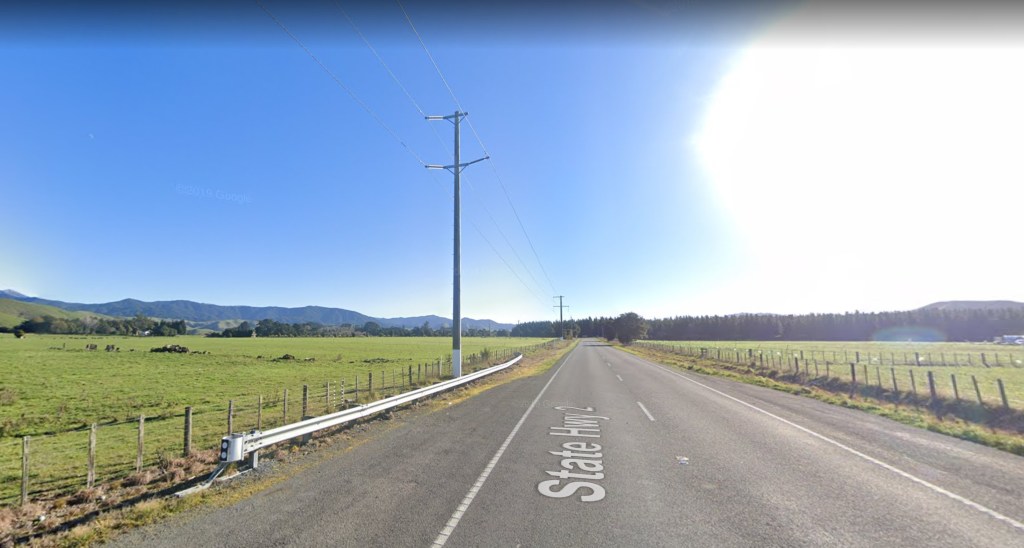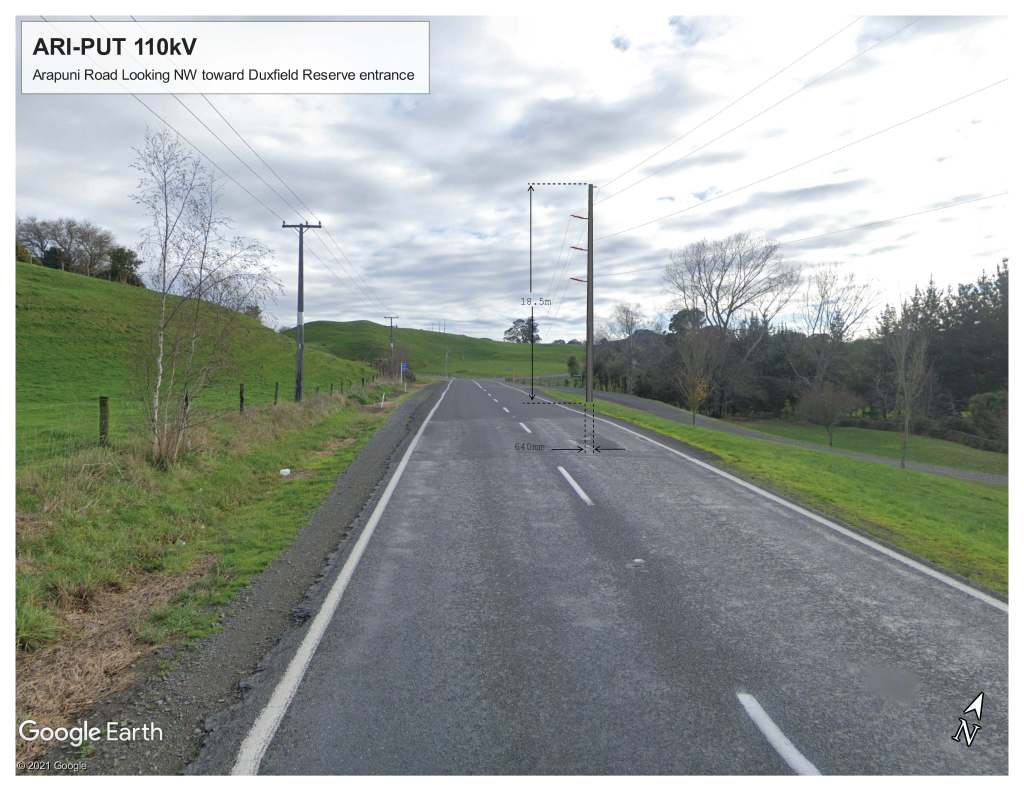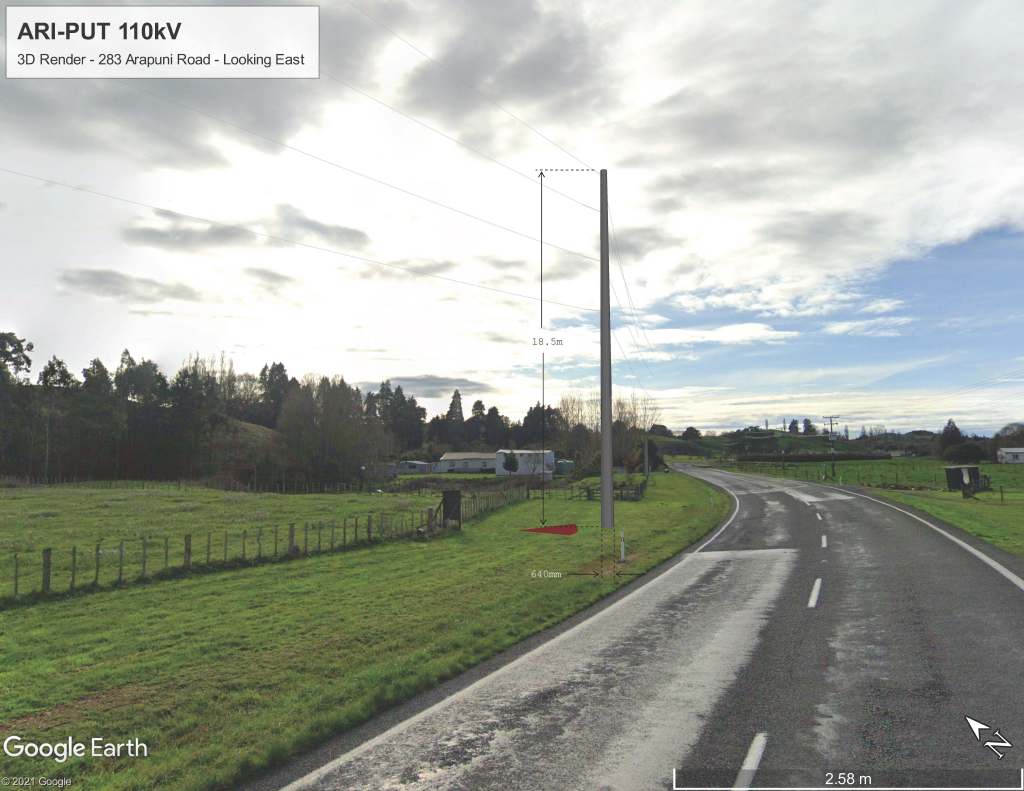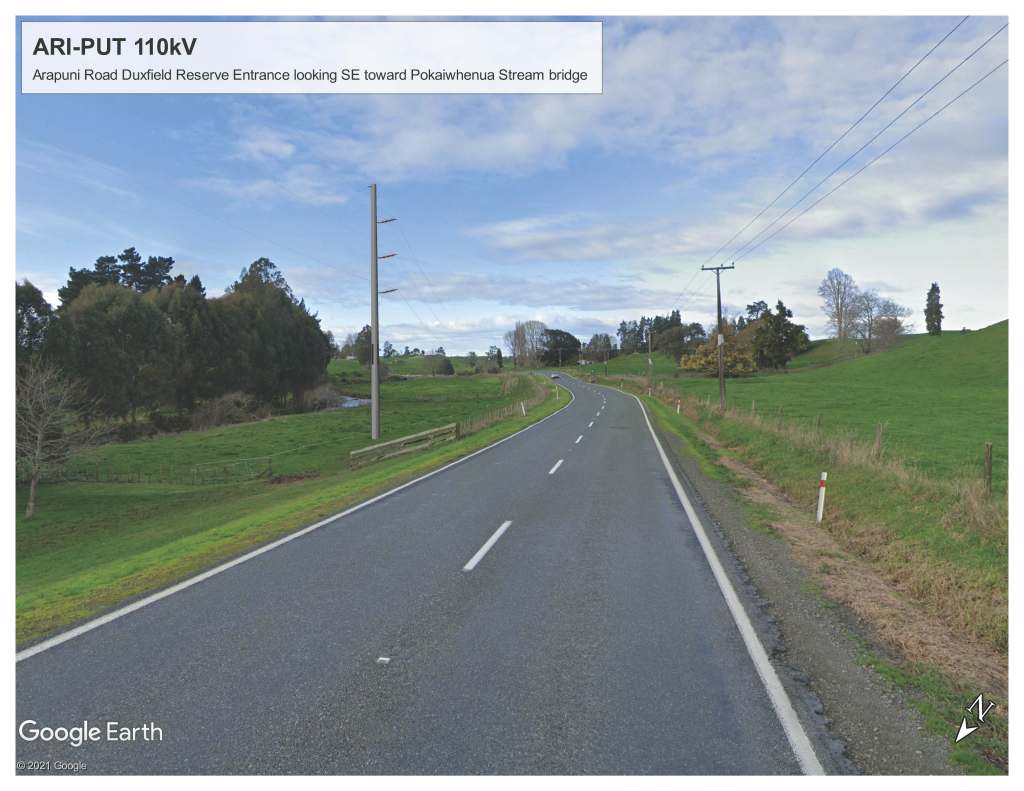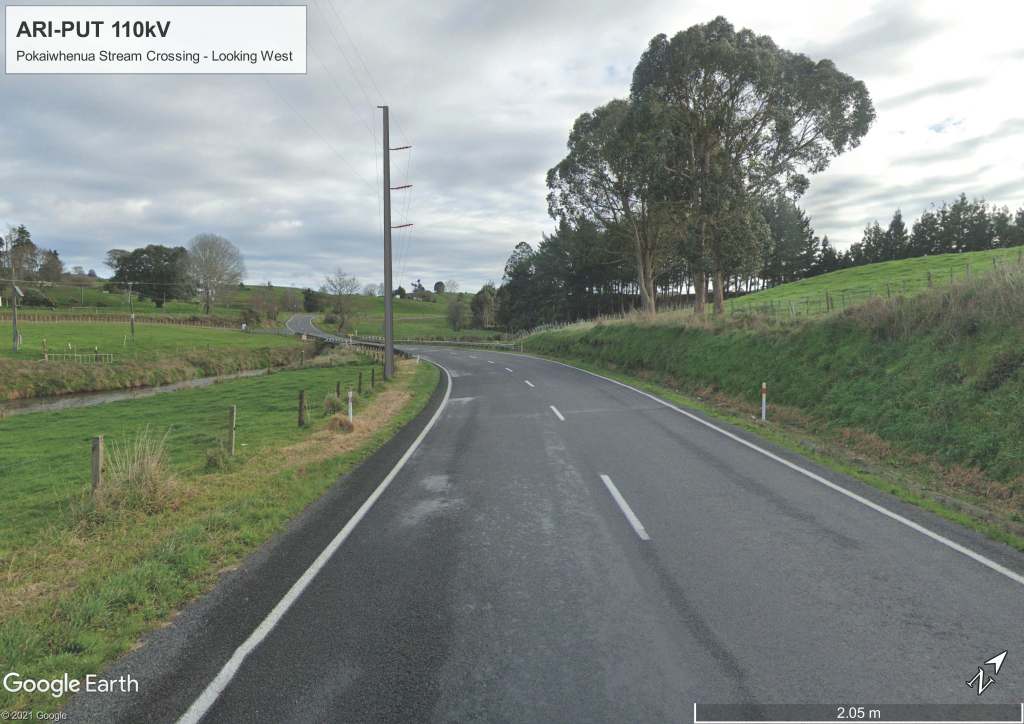South Waikato National Grid Connection
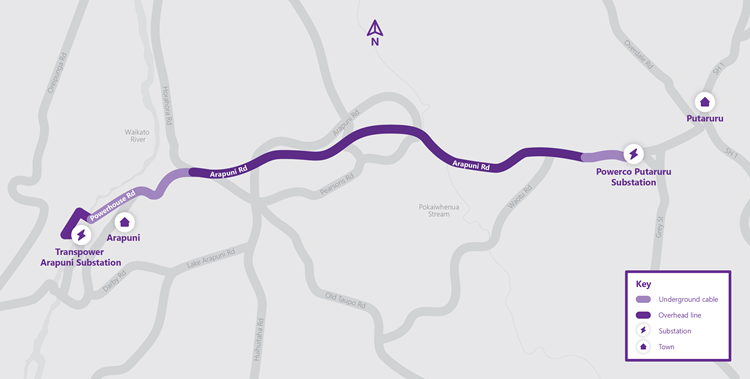
Construction of a $43m connection to the national grid is now complete in South Waikato.
The South Waikato National Grid Connection between Arapuni and Putāruru delivers reliable electricity supply to connect growing communities in South Waikato now and into the future.
It’s a 110kV circuit between Transpower’s Arapuni substation to supply a new transformer at the existing Powerco Putāruru substation and is the largest project in the company’s $80m investment programme in the region.
Supporting regional growth
The connection ensures there’s enough electricity for homes and businesses as the region continues to grow.
Communities will now remain connected when the single Transpower transmission line they used to rely on experiences a fault or is undergoing maintenance.
At the start of construction, then-South Waikato District Council mayor Jenny Shattock said she was thrilled to see construction start.
“Having an alternative line of supply providing extra capacity will be greeted with acclamation by our communities,” she said.
“As our district continues to grow the new line will help to ensure that there are fewer outages, and the surety of supply will have a positive impact on the economy of our region. I am thrilled that this project has finally come to fruition.”
Along with providing capacity to power the growing number of homes and businesses in the region, the connection also supports customers’ changing use of electricity as they seek to reduce their carbon footprint – such as providing enough supply for the increasing use of EVs.
Collaborating with customers
Community input on the connection was invaluable to determining the route.
Stuart Dickson, General Manager Customers says, “We spent time talking with, and listening to, council, iwi and the local community - and without doubt their feedback improved what we’re building.”
One of the improvements to come from community feedback was to build across farmland parallel to Arapuni Road, rather than within road reserve along Pearsons Road as the project team originally proposed.
Stuart says that change was only made possible thanks to landowners agreeing to allow Powerco to build across their land.
“While the road reserve is set aside for exactly this sort of electricity infrastructure, we agreed with the community that it made sense to reduce visual impact by moving away from the winding Pearsons Road and going across private land. We wholeheartedly thank the local landowners for allowing us to do that,” he says.
Other suggested changes were much more granular.
“Our conversations with the community got right down to looking at the placement of individual poles and moving them a few metres to the left or right where we could,” says Stuart.
Getting the mix right
The connection is an overhead line, with underground cable used at the start and end points.
“We have a responsibility to our customers to deliver a solution that will provide safe and reliable electricity supply at a reasonable cost. This is important given the cost is passed back to our customers through their electricity bill. We’re achieved that by using a combination of overhead lines and underground cable for this project,” says Stuart Dickson.
“For the majority of the route overhead lines were the best option – they’re cost-effective, and can be safely placed well within road reserve.”
“However, at each end of the connection we needed to use underground cable because it’s safer. In those sections the road reserve is very narrow, and at the Arapuni end there are existing Transpower pylons we can’t build near.”
The placement of poles for the overhead sections have been designed with safety in mind. While Arapuni Road is not a state highway, the decision was made early on to build the connection to Waka Kotahi traffic safety standards. The independent safety designer engaged to do the design also worked in collaboration with the South Waikato District Council’s traffic safety experts.
Great connections take time
Construction got underway in late-2021.
Electricity infrastructure construction company Northpower was selected to build the connection.
Kevin Porteous, Northpower’s Contracting Business Development Manager says the team were up for the challenge.
“Northpower were very pleased to be supporting Powerco in the construction of this project and the electricity supply benefits it provides to the South Waikato community,” he says.
“We have a great working relationship with Powerco and it was rewarding to reach the construction phase for this project. Our specialist teams were pleased to have the opportunity to deliver the project along with the support of our contractors. Many of our staff and contractors live or have connections in the region so this was a great project for them to be involved with.”
Celebrating a Connection with the community
Construction was completed in March 2023 and the project team took the opportunity to celebrate go live with the community at an event at Mangakaretū Marae. CEO James Kilty marked the commissioning of the region's new electricity asset by planting a kōwhai.
Engaging beyond the project
In June 2022 we supported the community to plant trees at the local Duxfield Reserve, which the connection goes past, through our Replant for Tomorrow programme.
We also recently visited Putāruru Primary School to donate 30 laptops for tamariki to use.
South Waikato FAQs
We can never 100% guarantee supply, however the circuit will help ensure security of supply for the region, providing extra capacity to cope with growing demand, and providing an alternative line of supply when the single Transpower line the area currently relies on is out.
At this stage we plan to start construction by the end of 2021 and be complete by mid-2023.
It will be an 110kV line.
We’re building the circuit to connect Transpower’s Arapuni Substation at the end of Powerhouse Road to our Putāruru Substation on Arapuni Road.
In 2019, early in our planning process, we engaged with local iwi and the South Waikato District Council around the project.
Following that engagement we initially proposed building the circuit within road reserve per the map below.
(Road reserve is set aside for the construction of essential service infrastructure like gas, electricity, communications, water and wastewater – which is why services like ours are usually visible along roadsides).
We engaged again with Iwi, the local community (through a public information session) and the South Waikato District Council, Mayor and Councillors (through a presentation at chambers) in October 2020 to share the proposed line route.
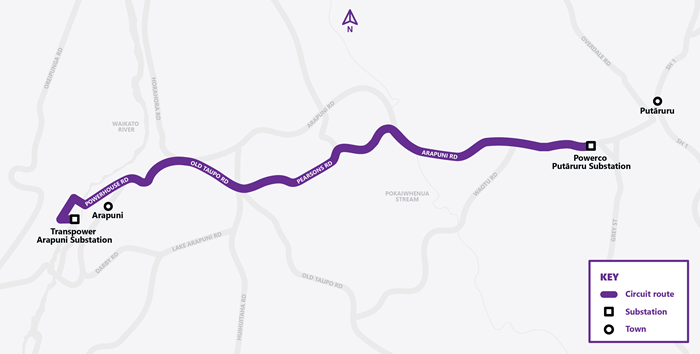
We heard feedback from the public and Council, in particular opposing the proposal to take the line through Old Taupo and Pearsons Roads.
In response to that feedback we reviewed the route, which included moving part of the route to go through private land parallel to Arapuni Road (see the map below).
We then engaged with landowners to secure easements to build the circuit through their land. We successfully completed those negotiations in May 2021 and subsequently confirmed the route shown in the map below.
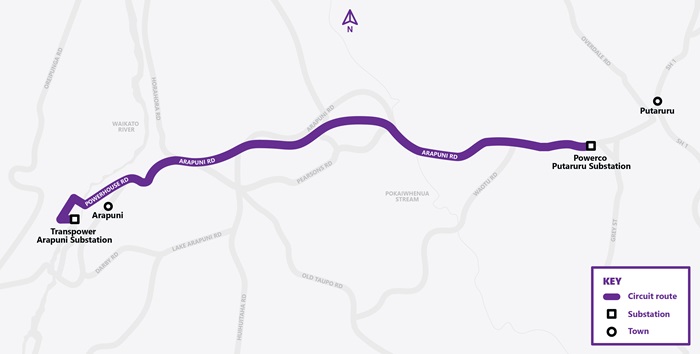
We returned to the community in June 2021 to share the confirmed route and our detailed map. We’re now reviewing further feedback from the people who live, work and enjoy the amenities along the route as we work towards finalising the design. In particular we're currently assessing alternative overhead line routes for part of the connection - to see if the visual impact on the Pokaiwhenua Stream and the Duxfield Reserve areas can be minimised (see the map below).
We aim to have the assessment completed early 2022 and we've engaged independent, external experts to provide input so we can be confident the options are considered thoroughly.
To keep the overall project on track, we're starting construction for the sections of the route that are confirmed, while we work to determine whether the line route can be adjusted.
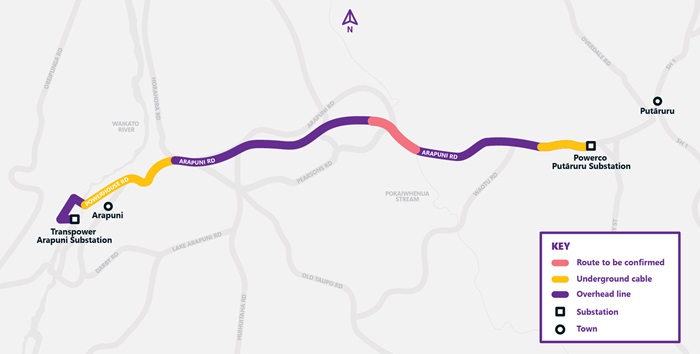
Not necessarily. We place stakes in the ground as part of our detailed design work. This process helps to ensure that we place the poles in the most suitable locations. It considers factors such as road safety and vegetation. We staked a number of pole placement options, so if you see a stake it doesn't necessarily mean a pole will be placed there.
Yes. We follow international guidelines for exposure to electric and magnetic fields (EMFs). At its peak (standing right underneath lines for instance), the EMF would be 9.9 microteslas, well beneath guidelines which recommend exposure of no more than 200 microteslas.
The lowest line will be 6.5m above the ground.
Vegetation will need to be kept clear of the overhead sections of the circuit. We'll be assessing where vegetation will need to be removed as part of our detailed design work. We will cover all costs associated with removing trees and vegetation, and will be in touch with individual landowners if there are any trees that need to be removed from private property.
The poles will be 18-20 metres high, with spans of 50-200 metres between each pole.
Here are some artist’s impressions of what the poles will look like.
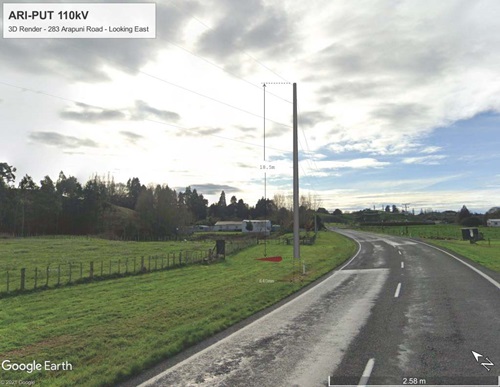
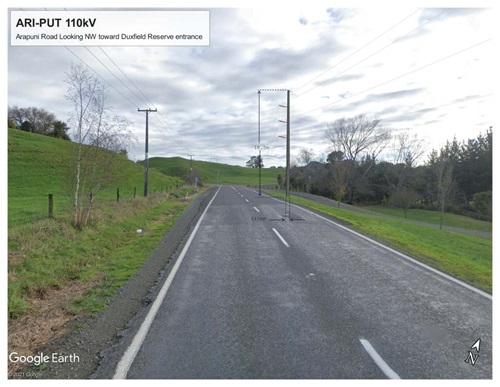
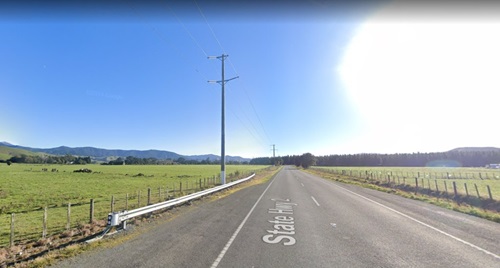
Detailed designs will be ready by the end of 2021.
All high voltage lines can emit noise - usually a hissing during wet weather and a low hum may be audible during fine weather. The line is being designed to meet the relevant AS/NZ7000 2016 standard which states that audible noise levels must comply with Environmental Protection Authority, government authority and local council regulations for noise.
We don't anticipate causing any issues to phone, radio or communications dish devices. We are designing the overhead line to national guidelines which consider the impact to any communications.
Yes. The placement of poles for the overhead sections have been designed with safety in mind. While Arapuni Road is not a state highway, the decision was made early on to build the connection to Waka Kotahi traffic safety standards. The independent safety designer engaged to do the design also worked in collaboration with the South Waikato District Council’s traffic safety experts. Pole placement considers things like bends in the road, and a driver’s view of the road when coming out of a driveway or a side road.
You can read the safety report roadside barrier design report here
COVID-19 protocols are in place onsite to protect crews and customers. That means our contractors (Northpower) will be:
- Working in bubbles.
- Keeping a 1 metre distance from people within work bubbles where practicable.
- Keeping a 2 metre distance from the public and other work bubbles.
- Providing evidence of vaccination status where required.
- Scanning into work sites using the Government COVID tracer app.
- Wearing a mask when social distancing is not practicable.

-
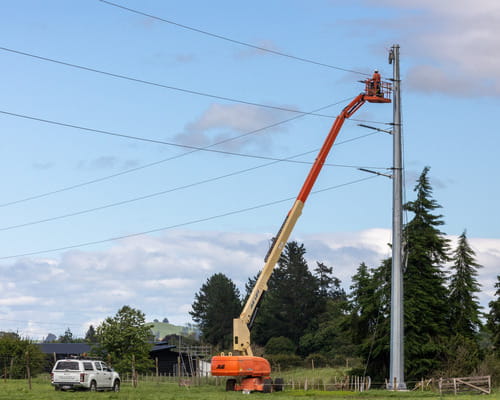 Project update
Project updateTuesday, March 21, 2023 The South Waikato National Grid Connection is now on load.View more -
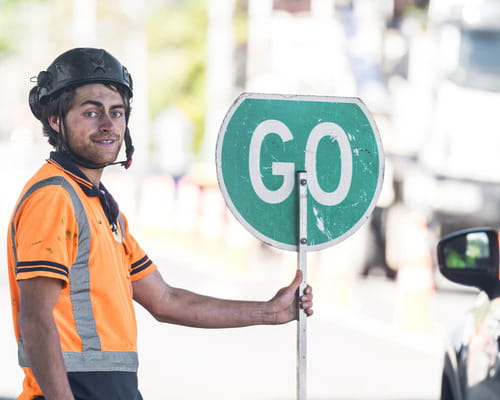 Project update
Project updateStringing the lines
Thursday, November 3, 2022 We're using helicopters to install lines for the South Waikato National Grid Connection. Road diversions and planned outages will be in place.View more -
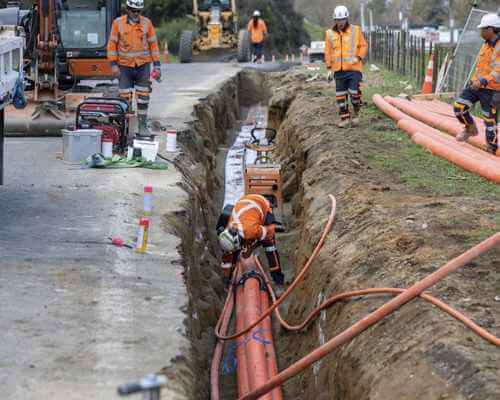 Project update
Project updateMaking good progress
Wednesday, September 21, 2022 Our contractors have been making good progress on construction of the South Waikato National Grid Connection between Arapuni and Putāruru.View more -
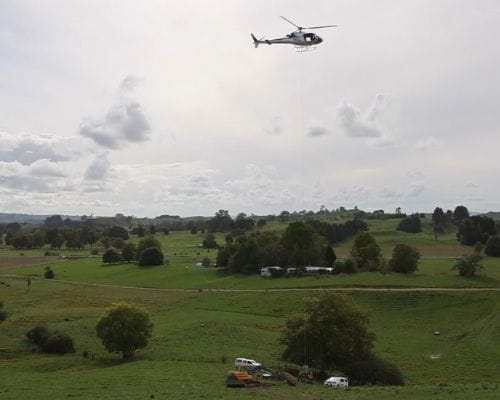 Project update
Project updateHelicopter help
Thursday, May 5, 2022 We've been using helicopters to help with the construction of the South Waikato National Grid Connection.View more -
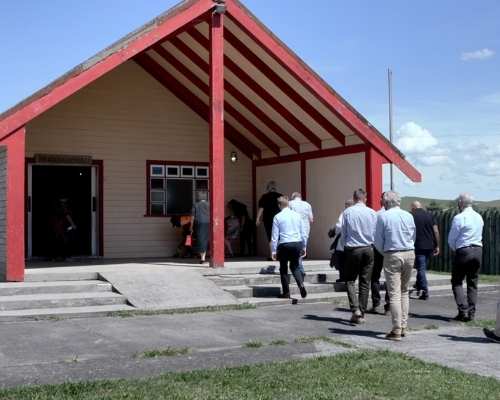 Project update
Project updateBlessing our mahi
Tuesday, March 15, 2022 We recently blessed the start of construction of the South Waikato National Grid Connection.View more -
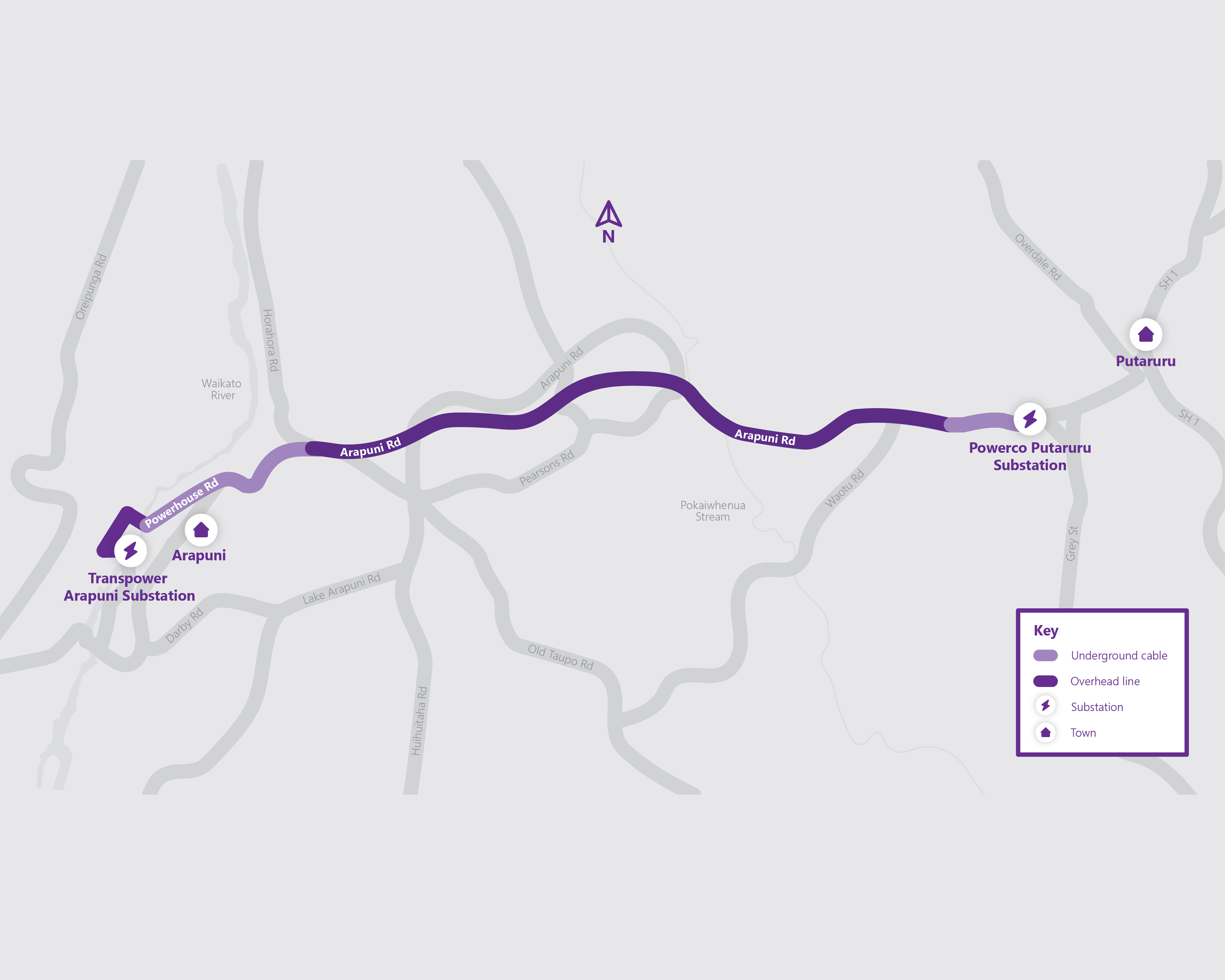 Project update
Project updateStarting construction
Thursday, February 3, 2022 Construction of our $43m South Waikato National Grid Connection has begun.View more -
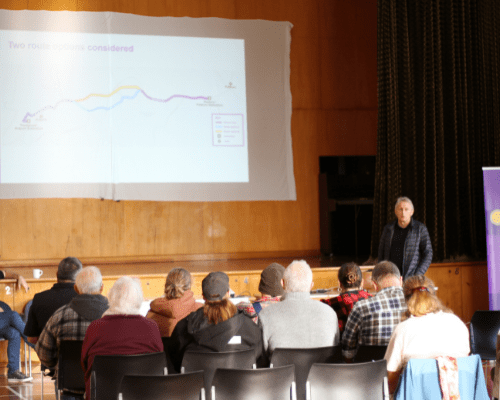 Project update
Project updateIncorporating feedback to finalise the design
Friday, July 2, 2021 We're incorporating feedback from the community, council and Iwi to finalise the design of our new circuit.View more -
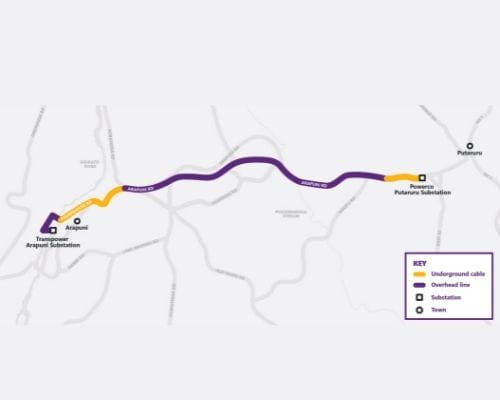 Project update
Project updateFinalising the route
Thursday, June 17, 2021 We’re working towards finalising the detailed design.View more -
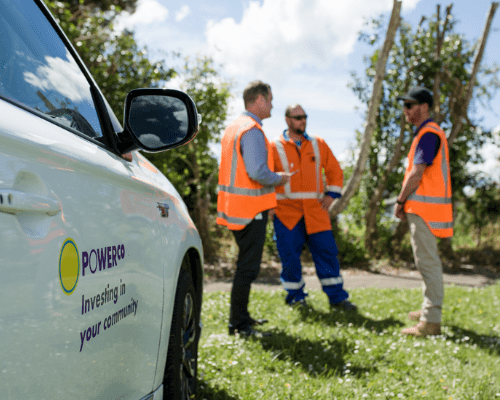 Project update
Project updateContinuing our detailed design
Monday, March 22, 2021 We’re continuing to work with the local community to finalise the route for our new circuit.View more -
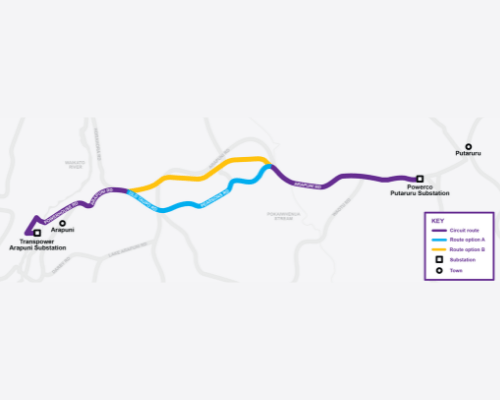 Project update
Project updateWorking with you - route options
Tuesday, December 15, 2020 We're working with residents to determine the route that part of the circuit will take.View more -
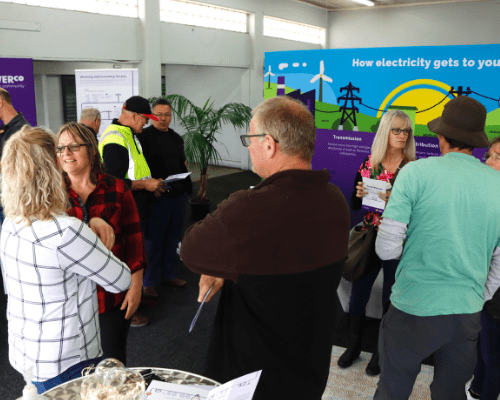 Project update
Project updateConnecting with customers
Monday, October 19, 2020 Connecting with customers about our new connection.View more -
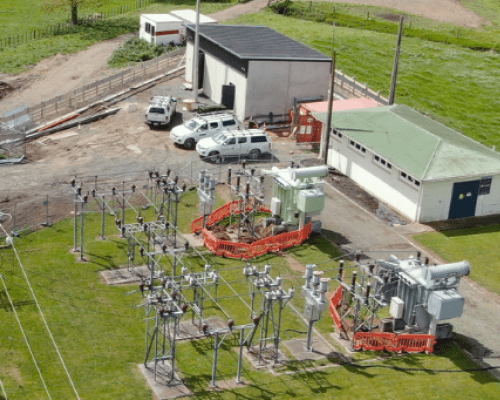 Project update
Project updateRedeveloping our substation
Friday, June 12, 2020 We’re working towards finalising the detailed designView more

